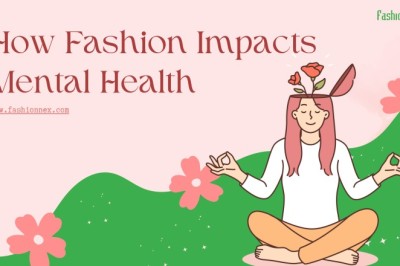views

About 25% of textiles go into waste during garment production. This is not just fabric bits but also yarns and fibers as well. This copious amount of textile waste ends up with scrap dealers or worse, in a landfill. With a choking population of around 1.33 billion, and a surging middle class with higher buying abilities, going forward the amount of waste will only rise. Fast fashion brands are adding up to the burden of textile waste.
Textile waste is the third-largest source of municipal waste in India. An average apparel factory disposes of around 60,000 pounds of pre-consumer waste every week. Among these non-biodegradable materials can create havoc in the environment.
Dealers who take cloth scrap tries to sell it to various industries. Some are used as stuffing in car seats and pillows. Others are converted into low-cost clothing or rags or mats. Wipes and rags used in the automobile industry also come from textile waste. But these rags are not cleanable and end up in landfills anyway.
Pre-consumer waste is generally clean and can be upcycled easily. They will be less ruined by usage. Upcycling will help many of these pieces from ending up in the landfill. Such refashioning of textiles has been done for decades. India has crafts such as Kantha which uses piles of fabric. Pre-consumer textile waste can be used to generate bags, baskets, rugs, etc. by adding value to them using a process. This way we upcycle them and reduce waste.
What we need is a circular economy where waste in one industry can be used in another. Textiles are a huge waste generating sector as well as a sink to wastes from many other sectors. There are plans to create circular economies linking the apparel and petroleum sector. This will help to manage waste as well as reduce the cost of production.
Fashion and textile are environmentally taxing industries. In a world where the future will face a resource shortage, we need to be more conscious of how we produce our garments and textiles.











Comments
0 comment